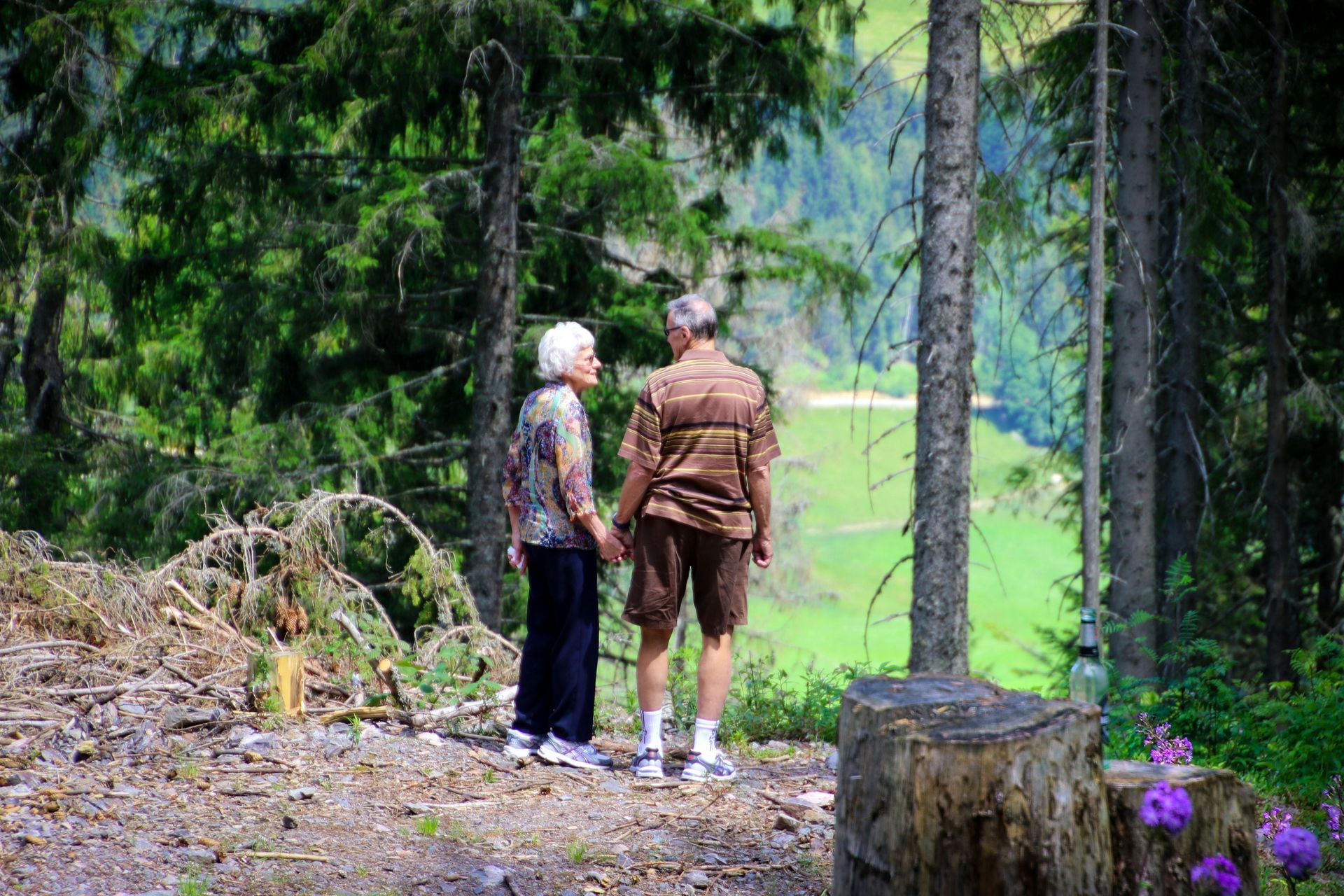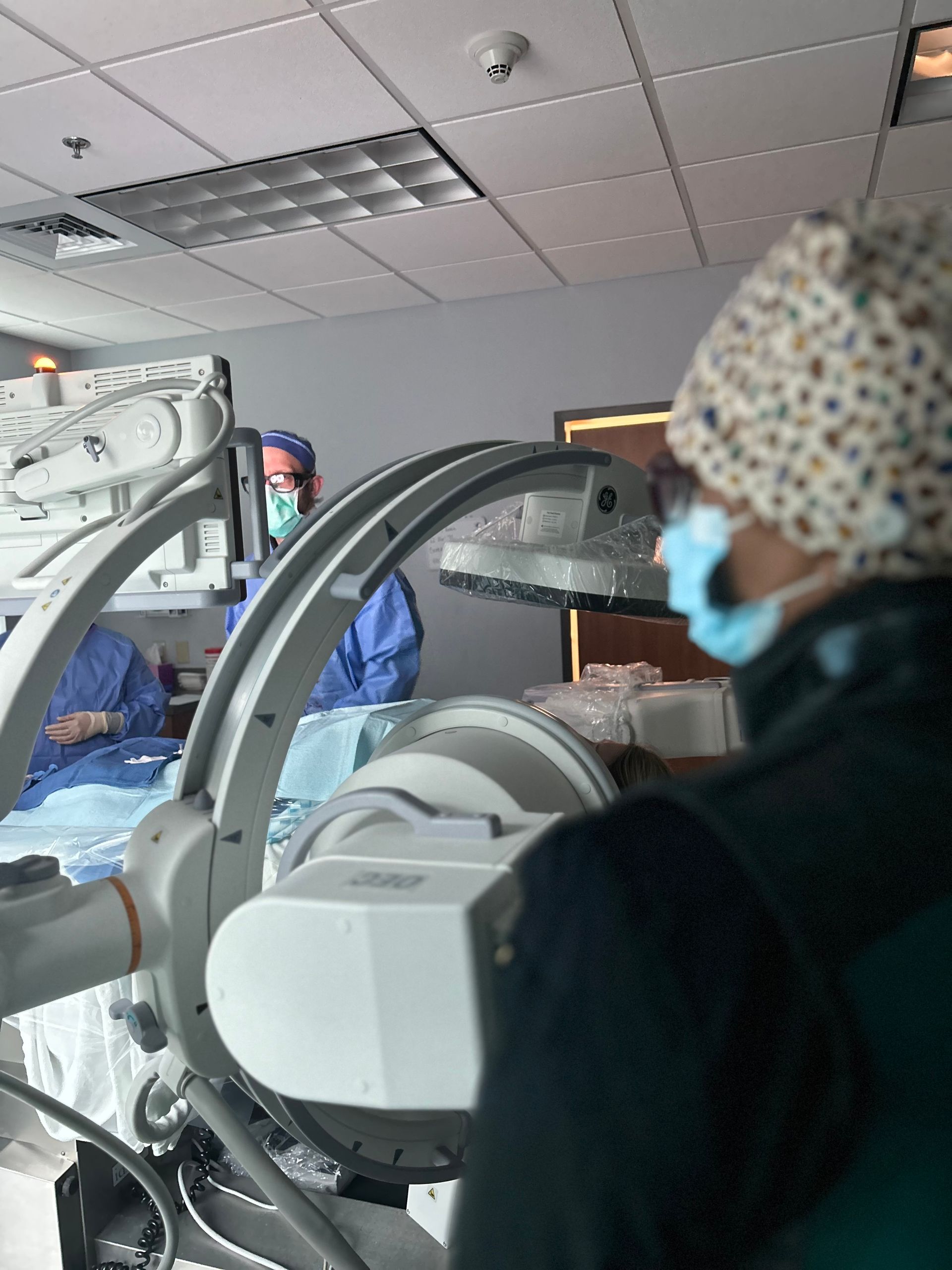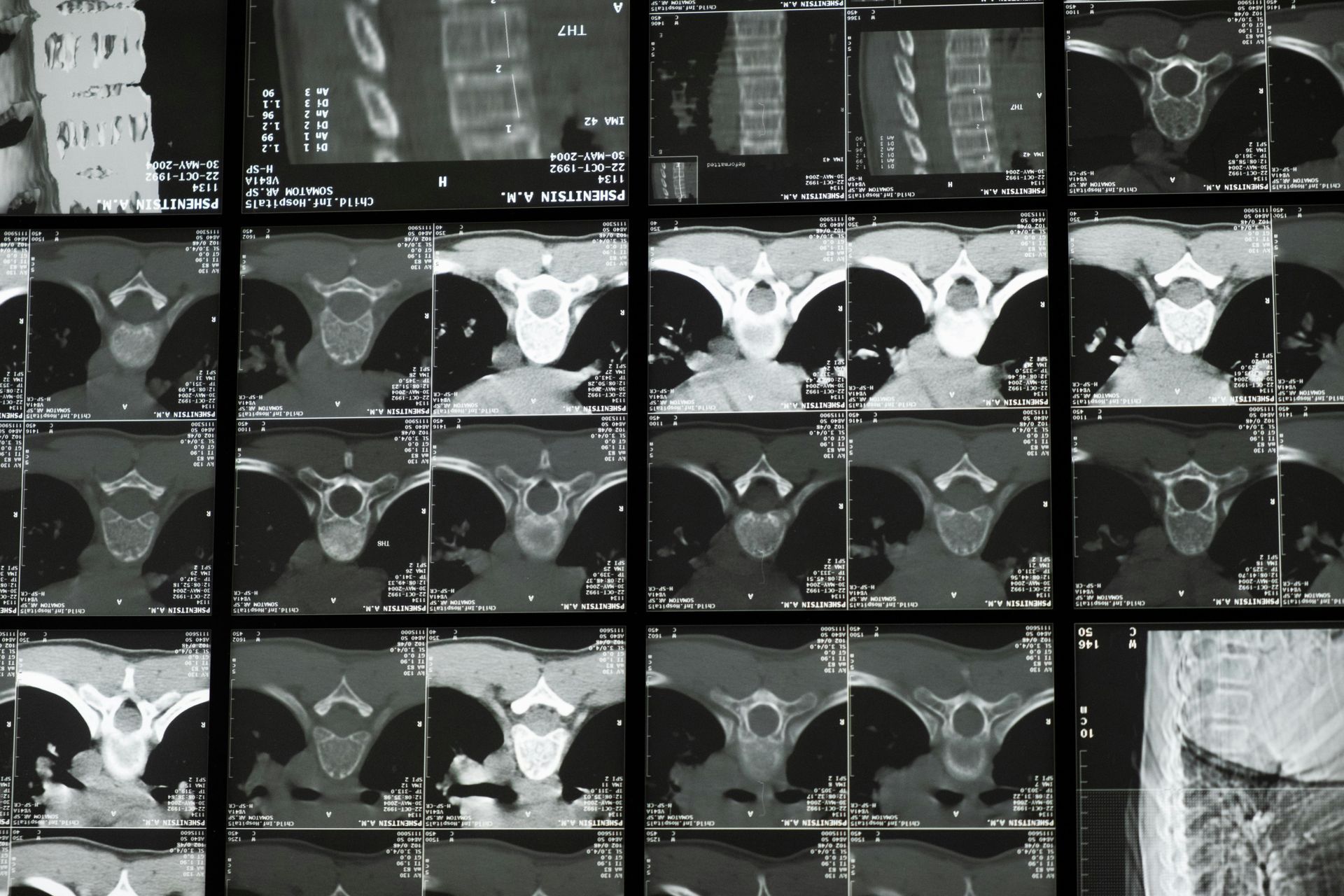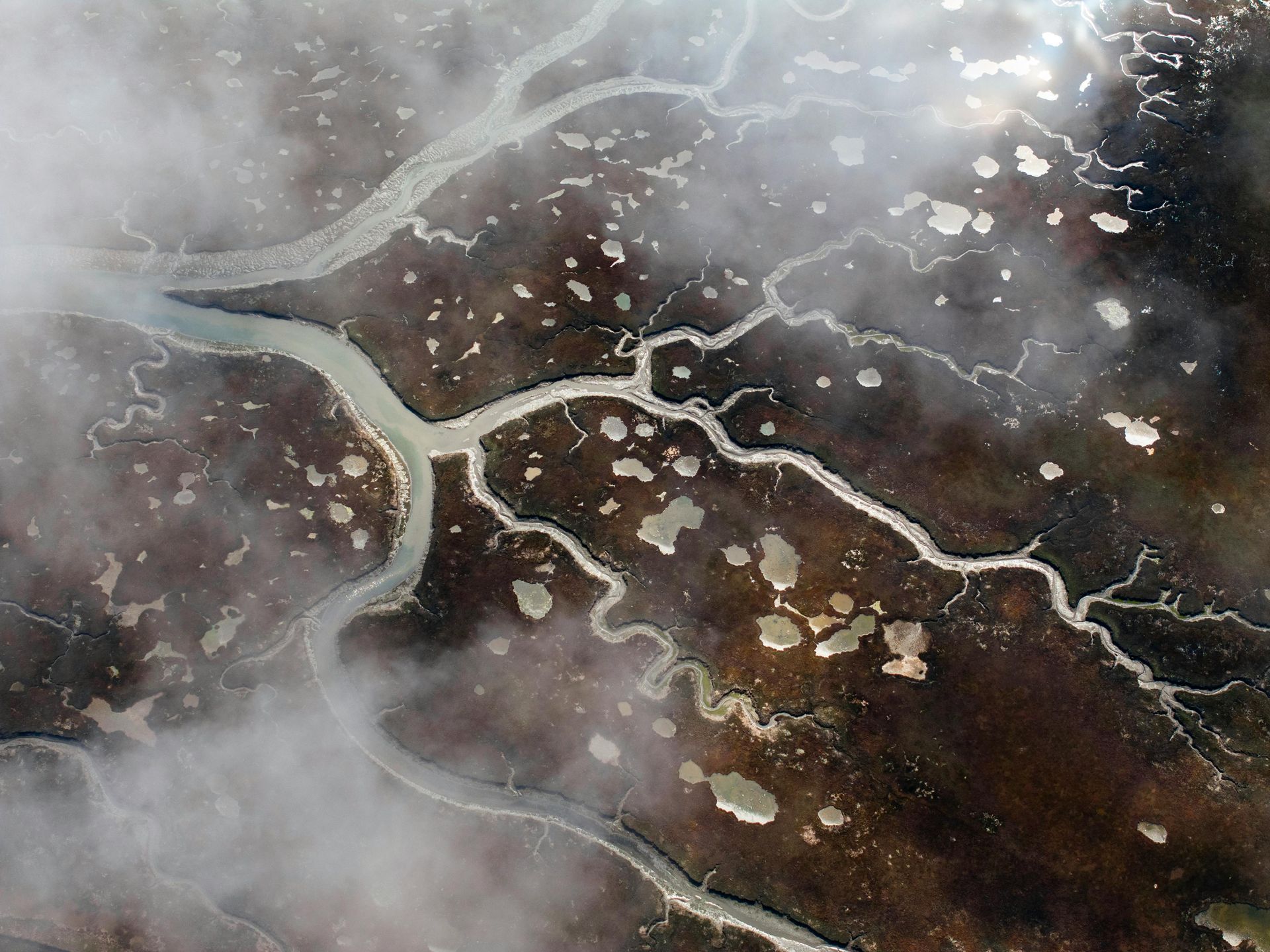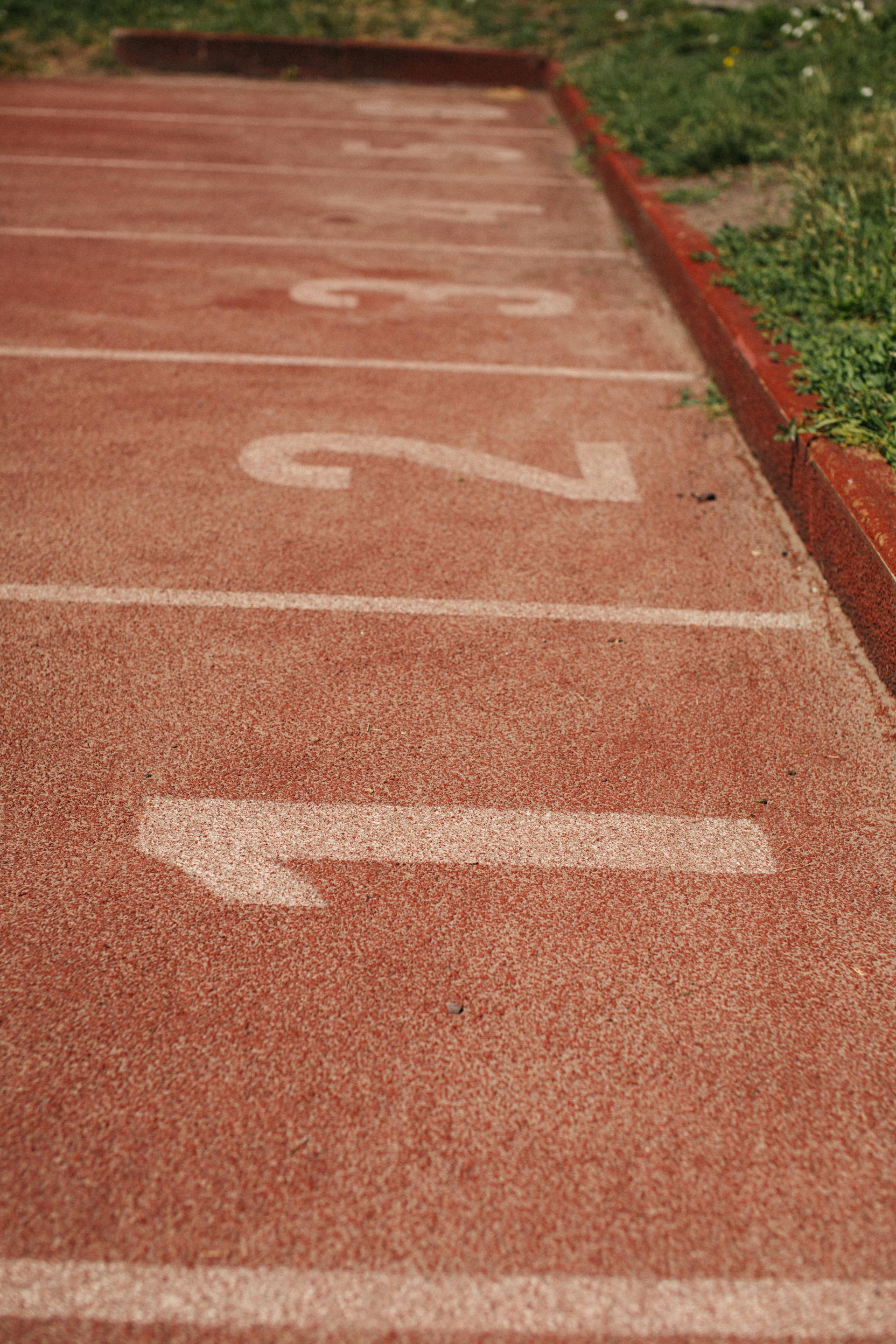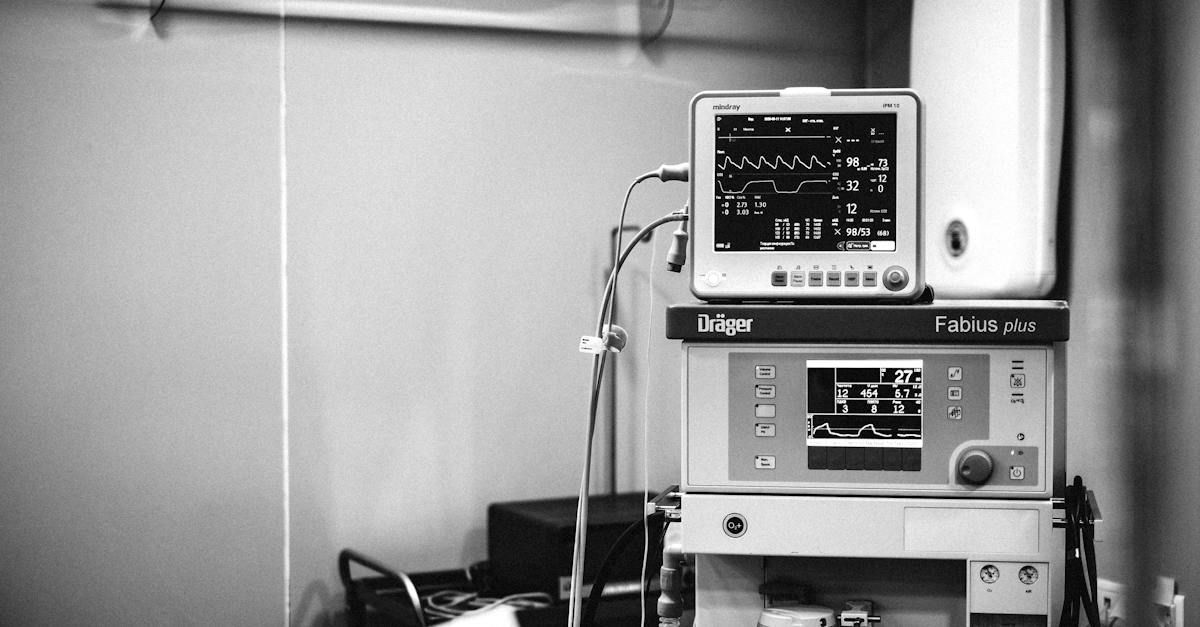Varicose Vein Q&A
True or False: Varicose veins are a cosmetic issue and don’t need to be treated.
False. Varicose veins, though often thought of as a cosmetic nuisance, can actually progress to a more serious form of venous disease called chronic venous insufficiency (CVI). CVI is a progressive disease that can result in increasingly serious signs and symptoms if not treated, including leg pain, swelling, restlessness, skin damage and ulcers. And, as a treatable condition, varicose veins can be addressed by various minimally-invasive treatments before they progress.
True or False: Spider veins are the same thing as varicose veins.
False. Spider veins, like varicose veins, are caused by dysfunctional vein valves. However, spider veins appear as a nest of blue or red veins just under the surface of the skin, and typically do not bulge above the skin’s surface like varicose veins. Varicose veins are a sign of venous disease and should be diagnosed and treated by a vein specialist to avoid progression to CVI. It is recommended that people seek professional advice for both spider veins and varicose veins.
True or False: Genetics and age are common factors in the development of varicose veins and CVI.
True. Genetics and age are large contributors to varicose veins and CVI development. In fact, women older than 50 are most likely to develop venous disease. And, if you have a family member who suffers from varicose veins or signs and symptoms of CVI, you are more likely to develop varicose veins in your lifetime.
True or False: Men are not at risk for developing varicose veins and CVI.
False. Men are at risk for experiencing varicose veins as well as more severe signs and symptoms of CVI. In fact, 43% of men are expected to develop venous disease by the time they reach their 60s; however, a majority of those do not seek treatment until the condition worsens.
True or False: Varicose veins and CVI treatments are just too expensive to consider.
False. Because varicose veins and CVI are recognized as clinical conditions, most insurance plans will cover treatment.
True or False: Compression stockings and elevation of the feet are cures for varicose veins.
False. Although compression stockings provide graduated compression from the ankle up to the knee or thigh, which helps to reduce pain and swelling, they only help to manage symptoms and do not provide a cure. In fact, people with varicose veins may need to continue to wear these stockings for the rest of their lives. Likewise, elevating the feet above the thighs when sitting and above the heart when lying down can help to ease pressure on the veins, but elevation, like the use of compression stockings, is not a cure for varicose veins.
True or False: Varicose veins can be a result of prolonged standing.
True. Those spending the entire day on their feet are at higher risk for developing varicose veins. It is recommended that individuals with careers that require prolonged standing, such as restaurant servers or flight attendants, rest each day by elevating their feet above their heart.
Multiple Choice: Which of the following factors can contribute to varicose veins and CVI: crossing legs, weight or exercise?
Answer: Weight. Being overweight often contributes to the formation of varicose veins, with the added pressure on the legs and ankles causing the veins to bulge and blood flow to be disrupted. Regular exercise is recommended to increase blood flow in the legs and maintain a healthy weight to mitigate signs and symptoms that can lead to CVI, particularly varicose veins.
Multiple Choice: Which of the following is not shown to contribute to varicose veins and CVI: prior trauma or injury, insufficient hydration or pregnancy?
Answer: Insufficient hydration. Insufficient hydration should not affect the development of varicose veins. However, trauma or injury to the lower limbs can contribute to signs and symptoms leading to CVI, including varicose veins. And, during pregnancy, there is increased pressure on the veins that may contribute to the creation of varicose veins in the legs. In some cases, varicose veins will disappear after pregnancy.
If you live in Middle Tennessee and suffer from varicose veins or spider veins, schedule a consultation with us today!


